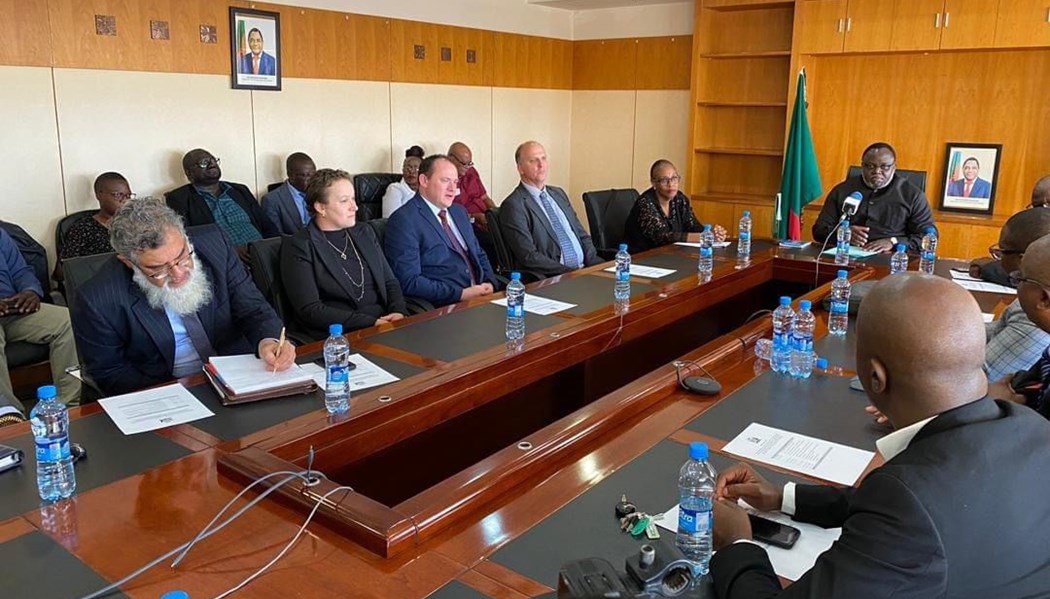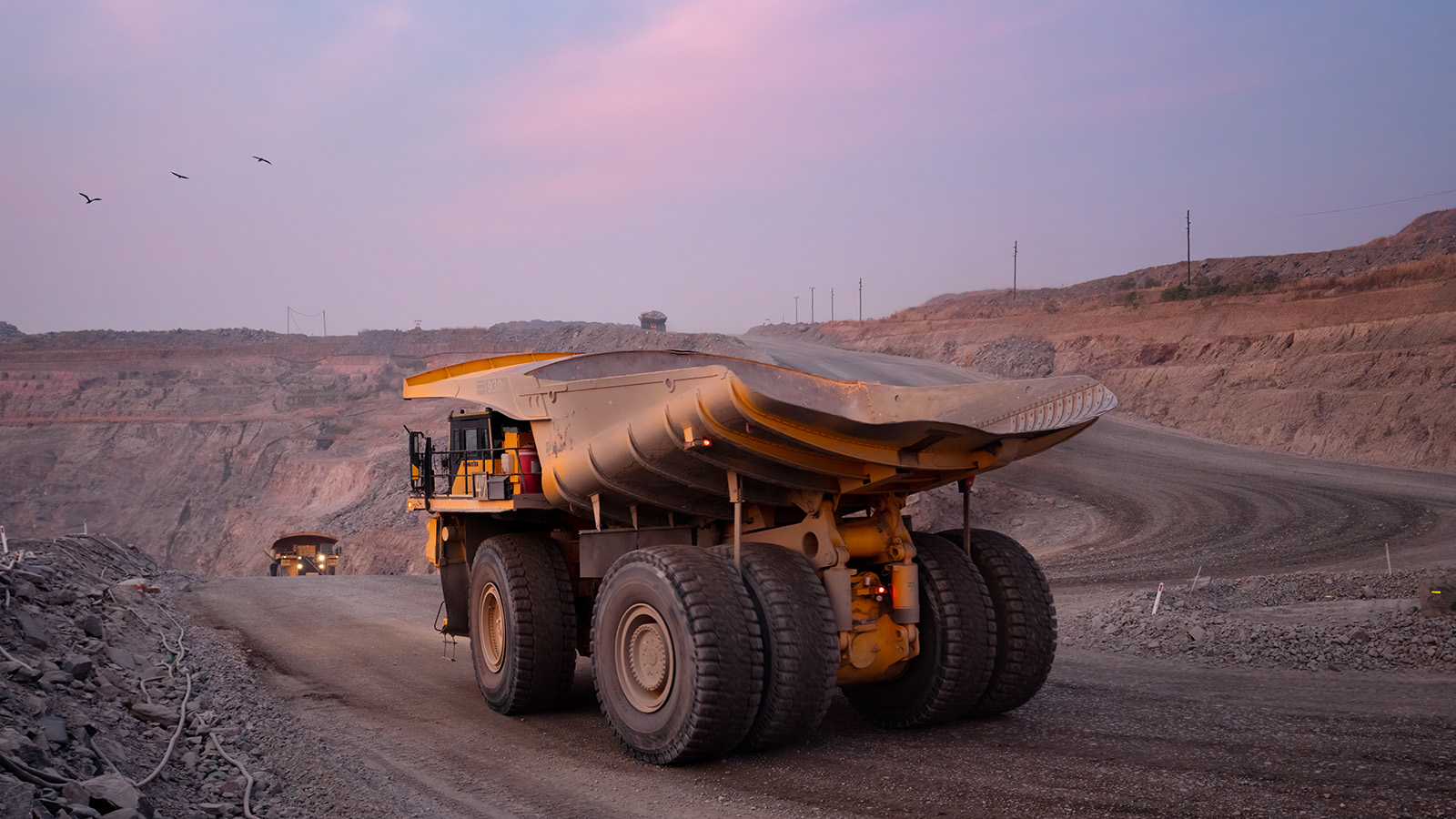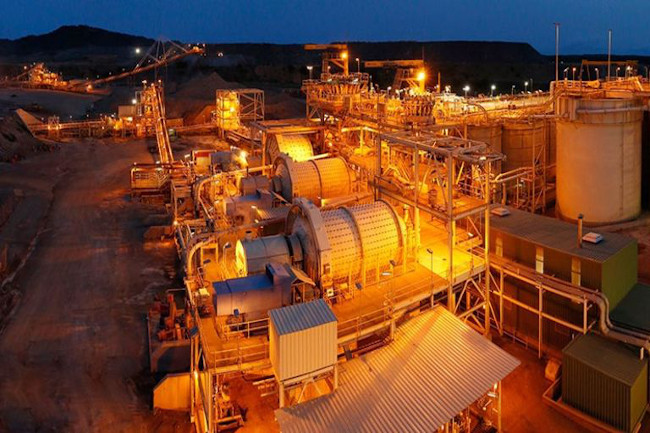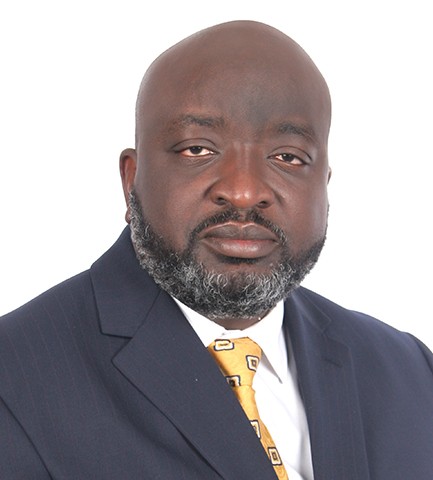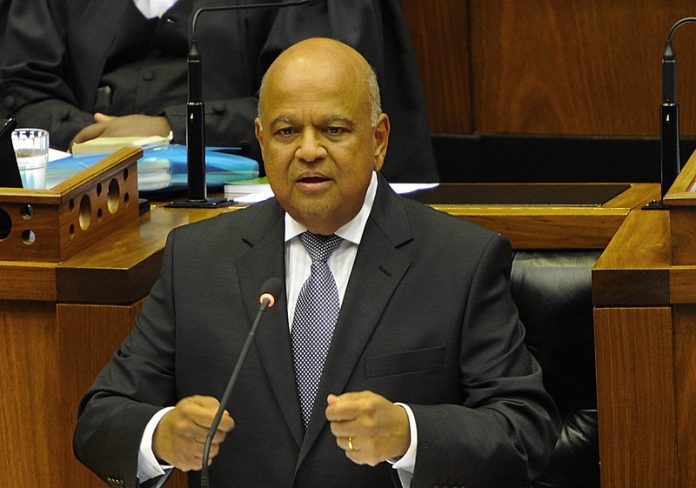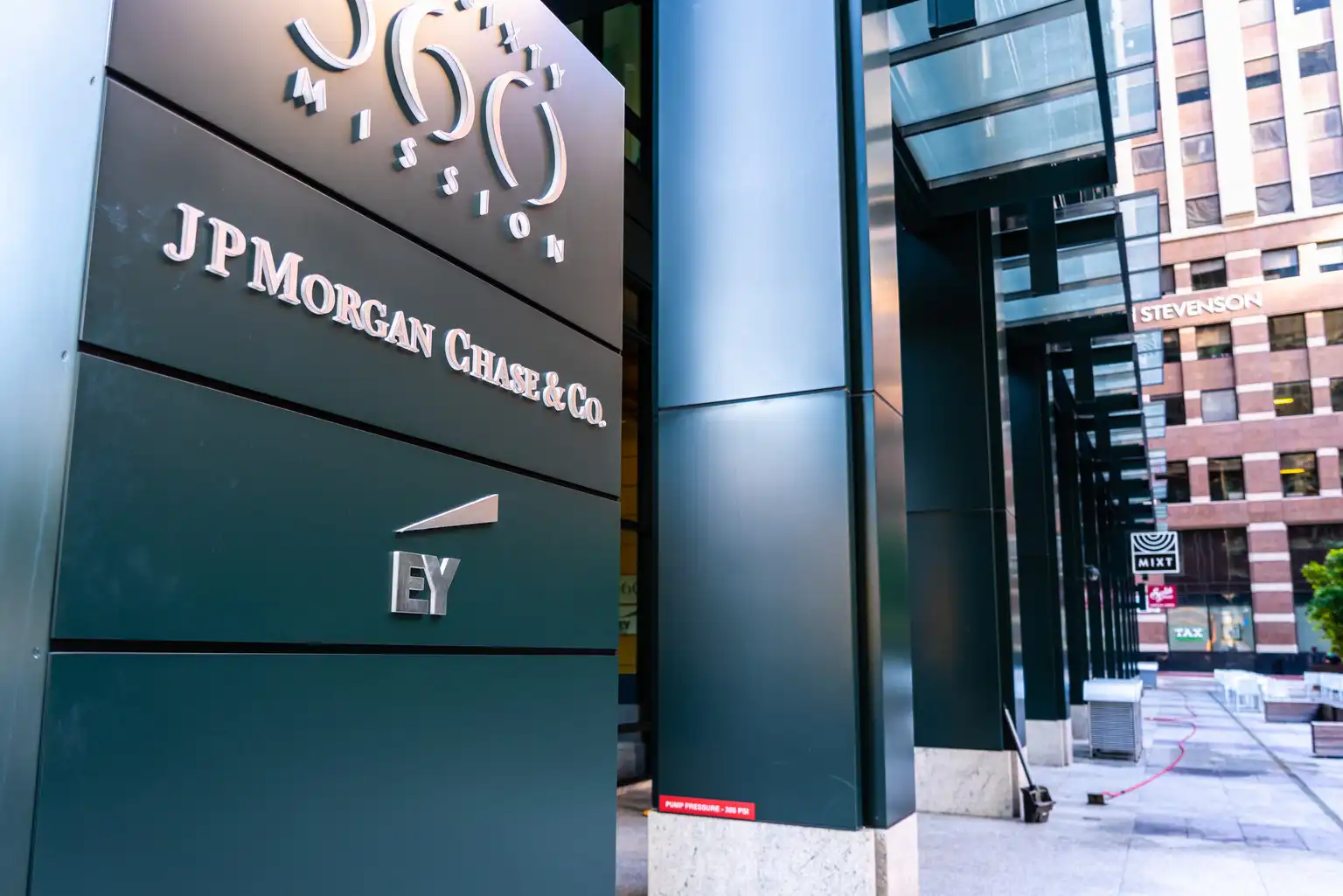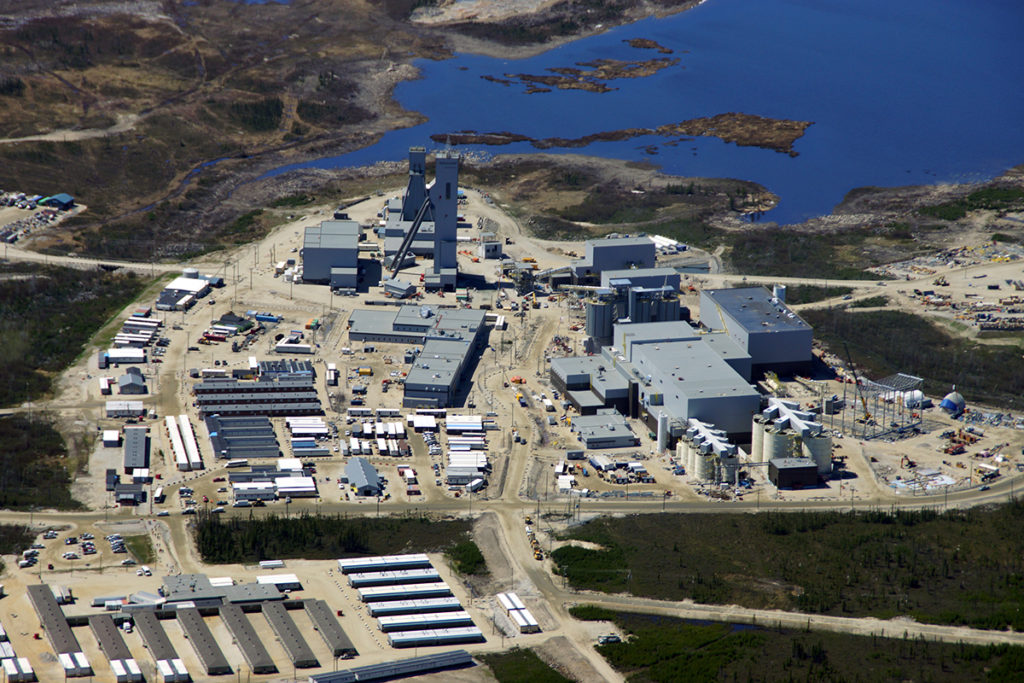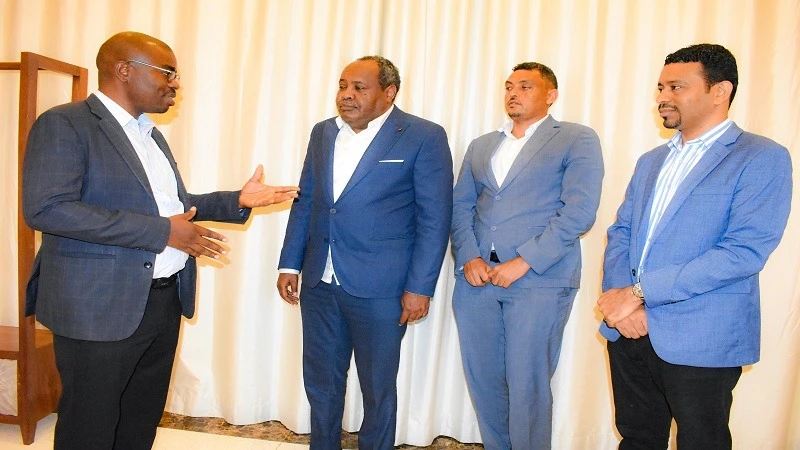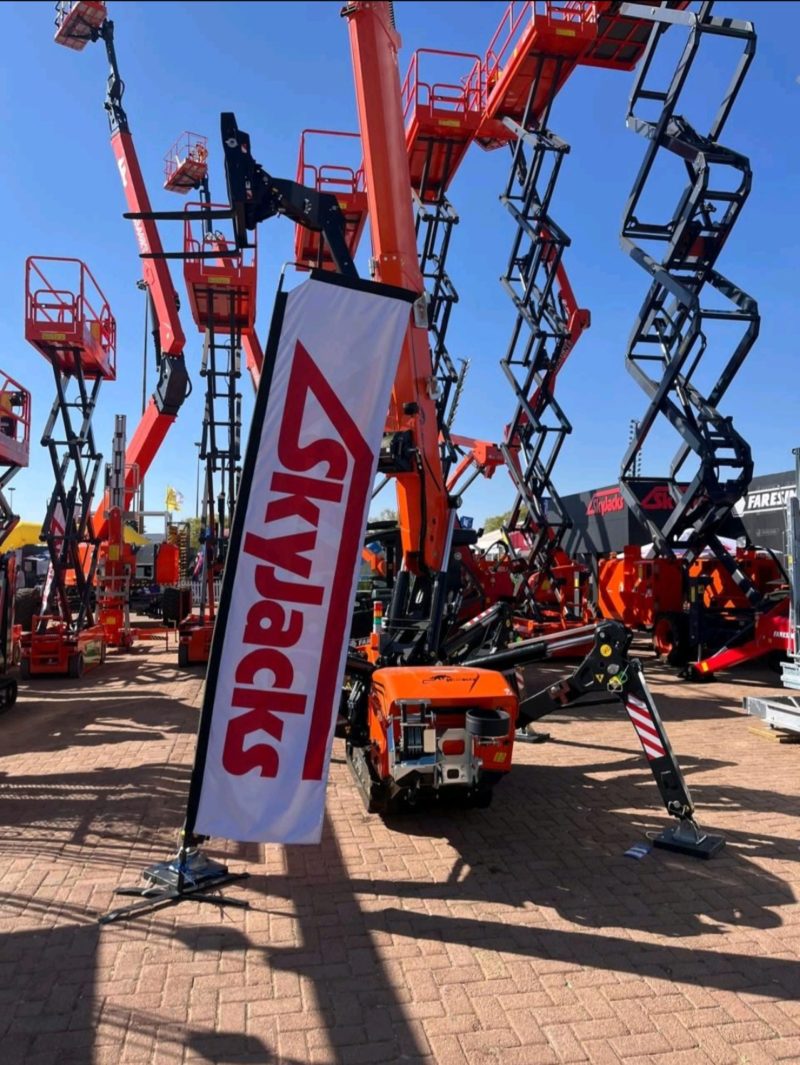Other

Congo-DRC-Angola Power Line to be Commissioned in 2025
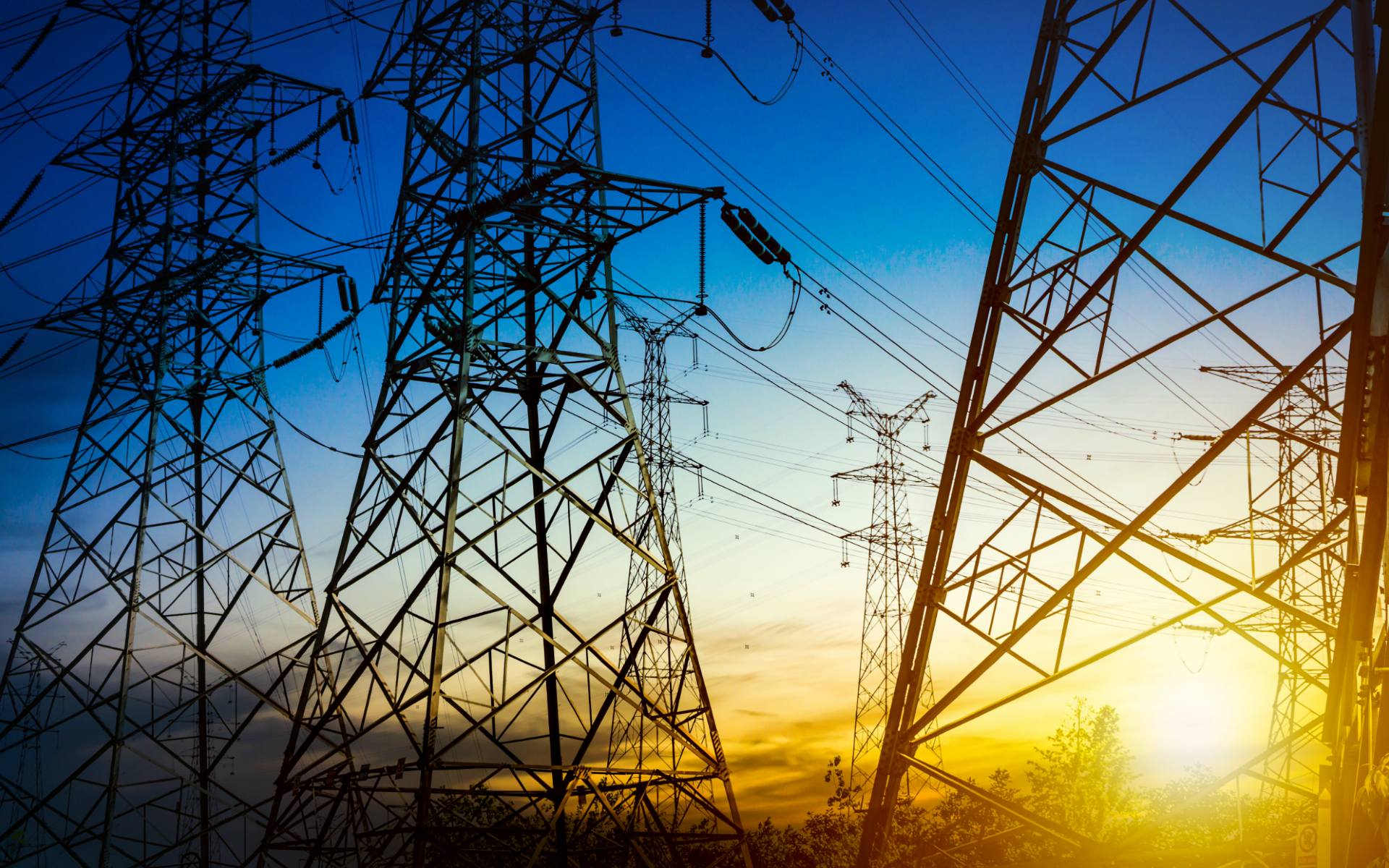
In electricity access remains limited, with 68% of urban areas and 12% of rural areas connected to the grid. The country’s power supply primarily relies on the Centrale électrique du Congo in Pointe-Noire, where one of the three turbines is currently under maintenance, causing frequent outages.
At present, the only high-voltage interconnection between Congo and the DRC is a 220 kV transmission line spanning 60 km. Between the two countries, the project will create a loop between Inga, Moanda, Boma, Cabinda, Pointe Noire, Brazzaville, Kinshasa and Inga.
In March 2023, Angola formalized its participation in the project, expanding its scope. In December 2021, Congo and the DRC signed a cooperation agreement to implement the Boucle de l’Amitié Énergétique. The initial phase focuses on strengthening power transmission capacities between the Centrale électrique du Congo . The initial phase focuses on strengthening power transmission capacities between the in Pointe-Noire and the Inga Hydroelectric Plant in the DRC, passing through Brazzaville.
The tripartite collaboration aims to boost electricity production, improve grid stability and strengthen economic and political ties among the participating nations. This configuration is expected to supply power to industrial zones across the participating nations, thereby stimulating economic growth and development.
Beyond the project, other major regional interconnection initiatives are underway. The Central African Power Pool plays a crucial role in promoting power interconnection among member states of the Economic Community of Central African States aiming to establish a regional electricity market, supporting economic development and regional cooperation.
Boasting a capacity of 750 MW, the Soyo Combined Cycle Thermal Power Plant aims to integrate Soyo’s output into the Inga-Cabinda-Pointe Noire interconnection system. Linking northwest Angola’s electrical grid to Congo, the project serves to enhance energy distribution across the region. Meanwhile, another significant interconnection project in the region includes the 346 km high-voltage line, which connects the electrical networks of southeastern Gabon and central Congo.
Enhanced transmission infrastructure enables the efficient distribution of energy generated from thermal power plants, which predominantly rely on hydrocarbons such as oil and natural gas. Projects like the Central African Pipeline System, proposed by the Central Africa Business Energy Forum, envision a network of 6,500 km of pipelines connecting the oil and gas resources of 11 Central African countries. This extensive network is designed to facilitate the transportation and trade of hydrocarbons across the region, thereby strengthening energy security and fostering economic integration.
The inaugural Congo Economic & Investment Forum, set for March 24-26, 2025, in Brazzaville, under the patronage of President Denis Sassou Nguesso and supported by the Ministry of Hydrocarbons and Société National des Pétroles du Congo, will bring together international investors and local stakeholders to explore national and regional energy and infrastructure opportunities.




